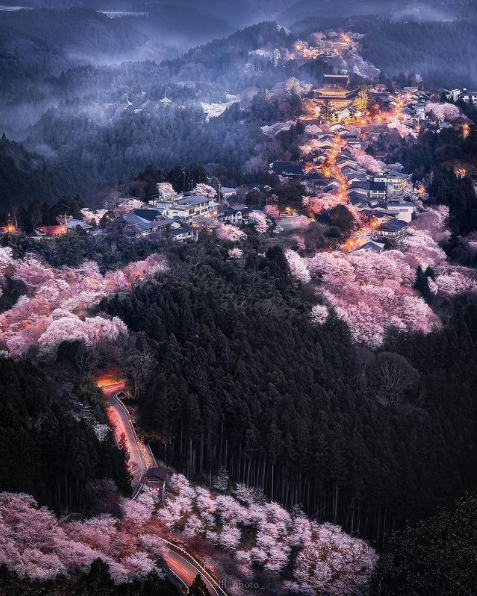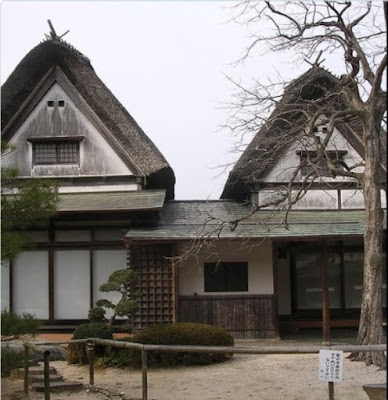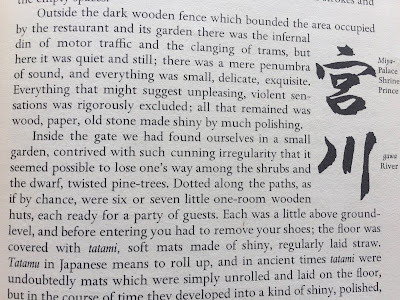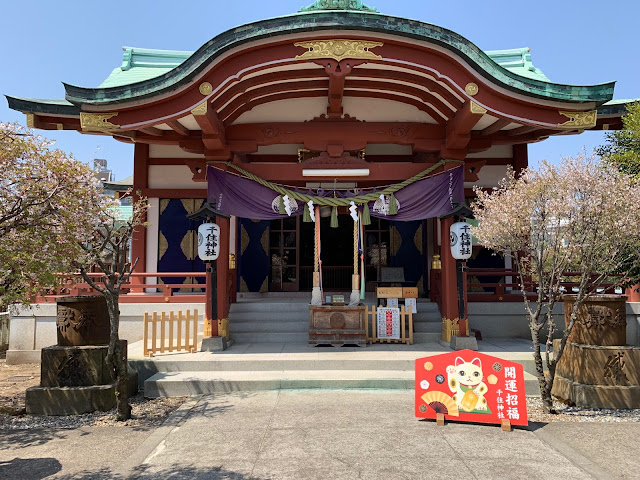1. Use the Interactive Table of Contents. --------->
Click on a title that takes you in a flash to that specific site. As of November 2021, this Interactive Table of Contents is 15% complete.
2. Normally one browses through a blog by using the Blog Archive in the right column. --------->
Click on a date range and click again on a specific date to pop up the title. The earliest posts are at the bottom.
TABLE OF CONTENTS
* A Toto in Your Water Closet
* Tokyo Car Culture
* The Giant Wave of Kanazawa
* Wonder Filled Japanese World Heritage Sites
* An Unforgettable Journey by train.
* “This Is The Land Of Your Ancestors.” —Yuji Ishihara
* Why Get Married in Japan #6
* Why Get Married in Japan #5
* For Rochelle’s Family is headed to Tokyo
* Table of Contents
* Can a Foreigner Buy a Home in Japan?
* May 1, 2019 First Day of the new Japanese Era
* Finding Japanese Ancestors
* Space Saver
Tip 34
* 10,000 People: Japan Art Book Project
* Forging a Katana (Samurai Sword)
Tip 33 The Narita Express (Train)
Tip 32 Book: Meeting With Japan by Fosco Mariani
Tai Chi and Mount Fuji
* Tokyo Car Culture
* The Giant Wave of Kanazawa
* Wonder Filled Japanese World Heritage Sites
* An Unforgettable Journey by train.
* “This Is The Land Of Your Ancestors.” —Yuji Ishihara
* Why Get Married in Japan #6
* Why Get Married in Japan #5
* For Rochelle’s Family is headed to Tokyo
* Table of Contents
* Can a Foreigner Buy a Home in Japan?
* May 1, 2019 First Day of the new Japanese Era
* Finding Japanese Ancestors
* Space Saver
Tip 34
* 10,000 People: Japan Art Book Project
* Forging a Katana (Samurai Sword)
Tip 33 The Narita Express (Train)
Tip 32 Book: Meeting With Japan by Fosco Mariani
Tai Chi and Mount Fuji
Tip 31 Mobile Passport: breezing through customs.
Tip 30 Jet Lag Part 2
* How To Get Married In Japan
* Moon Restaurant: 58th Floor of the Mori Museum Building
* Senju Shrine: Perfect for an Intimate Shinto Wedding
* 10,000 People Art Book Project: Misata
* Discovering Immeasurable Treasures
* 10,000 People Japan Art Book Project: Milo @ Beer To Go
* Eyes Open Wide Day In Tokyo
* How To Get Married In Japan
* Moon Restaurant: 58th Floor of the Mori Museum Building
* Senju Shrine: Perfect for an Intimate Shinto Wedding
* 10,000 People Art Book Project: Misata
* Discovering Immeasurable Treasures
* 10,000 People Japan Art Book Project: Milo @ Beer To Go
* Eyes Open Wide Day In Tokyo
Tip 29 The Thirty Types of Japanese Restaurants
* The Diaries of Patricia and Tobias
* Jim Reed: "What is Shabui and Wabi Sabi?"
* Chucky Thomas in Asuka Village
* Shinto Wedding Purification Ritual
* Tai Chi Wedding Sendoff
* The Diaries of Patricia and Tobias
* Patricia's Fan Fold Temple Book
* Sakura Zensen in Tokyo: Following the Cherry Blossom Wave
* Godzilla & Staying at the APA Shinjuku Kabuki-cho Tower
* 36 of Japan's Most Stunning Places
* Japanese Phrases for Your First Day
* First Kimono
* Calligraphy and Sumi (Japanese Ink Making)
* 10,000 People: Japan Art Book Project # 10
* Jim Reed: "What is Shabui and Wabi Sabi?"
* Chucky Thomas in Asuka Village
* Shinto Wedding Purification Ritual
* Tai Chi Wedding Sendoff
* The Diaries of Patricia and Tobias
* Patricia's Fan Fold Temple Book
* Sakura Zensen in Tokyo: Following the Cherry Blossom Wave
* Godzilla & Staying at the APA Shinjuku Kabuki-cho Tower
* 36 of Japan's Most Stunning Places
* Japanese Phrases for Your First Day
* First Kimono
* Calligraphy and Sumi (Japanese Ink Making)
* 10,000 People: Japan Art Book Project # 10
* 10,000 People: Japan Art Book Project begins.
Tip 28 Cherry Blossom Report: Sakura Zensen Tracking
Tip 27 Nara: Miwa Mountain of 1,000 Shrines
Tip 26 The Great Buddha of Todai-ji
Tip 25 Folding steel for Samurai Swords and bringing home a fine folded steel kitchen knife from Nara
Tip 24 Akiko and her new Tour Company (highly recommended)
Tip 23A No need for Electrical adaptors and drinking water
Tip 10 Ghibli Museum: Home of Japan’s greatest director/animator.
Tip 23A No need for Electrical adaptors and drinking water
Tip 22 Hiroshima: Peace Park and ringing the Peace Bell
Tip 21 Using Google Translate
Tip 20 Temples, Shinto Shrines and Japanese Culture
Tip 19 Way Finding in Japan and Restaurant Culture
Tip 18 “Do not hesitate to ask when you need help.
Tip 17 Google Maps: A great way to navigate Japan
Tip 16 Kanji: Japanese Writing
Tip 15B My Friend Yuji Short Documentary
Tip 15A Home Stays: the best way to learn about Japan
Tip 14 Japan Rail Pass
Tip 13 Pasmo card for easier Subway use
Tip 12 Travel Light: Using Roll Aboards
Tip 11 Conversion of $ to Yen
Tip 10 Ghibli Museum: Home of Japan’s greatest director/animator.
Tip 9 Tokyo Subway: A wayfinding introduction.
Tip 8B Copious ideas to build your own Japan Itinerary including World Heritage sites.
Tip 8A Miyabidado Takemine Ryokan in Tokyo, wedding night.
Tip 7 Introduction to Ryokans: Japan’s historic, traditional inns.
Tip 7 Introduction to Ryokans: Japan’s historic, traditional inns.
Tip 6 Hotel APA Shinjuku Kabukicho Tower
Tip 5 Portable charger for you phone and Pocket Wifi
Tip 4 Pocket WiFi across Japan, Google Translate, & Maps
Tip 3 Hitching Rides with Buddha: a first book to read.
Tip 2 b Shinjuku Station, busiest in the world. 3.5 million passengers each day.
Tip 2 a Japan Rail Pass (perfect for beyond the big cities)
Tip 1 Minimizing Jet Lag April 16, 2018
000 In the beginning: Jotaro and Taka Kobayakawa Nov. 17, 2015










































